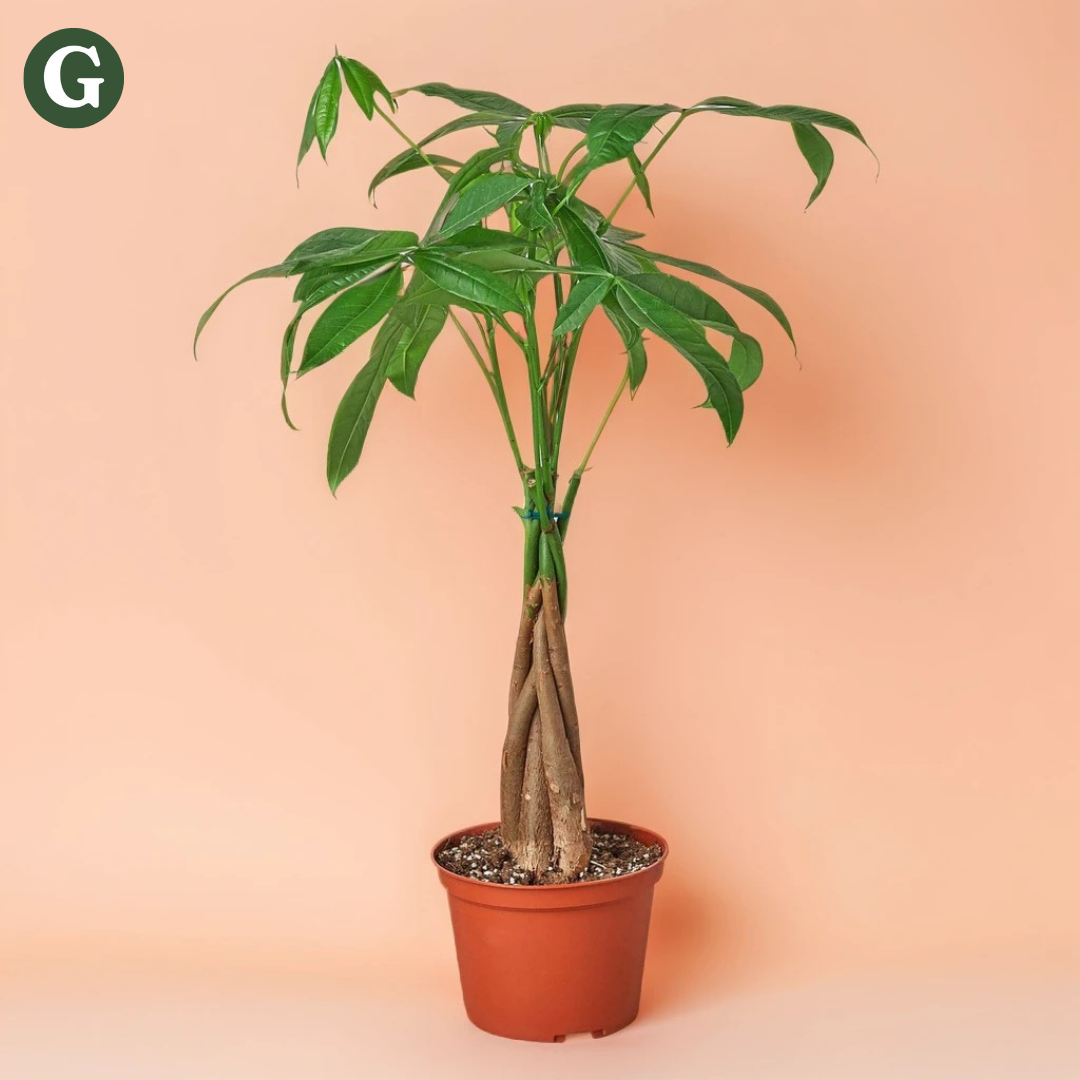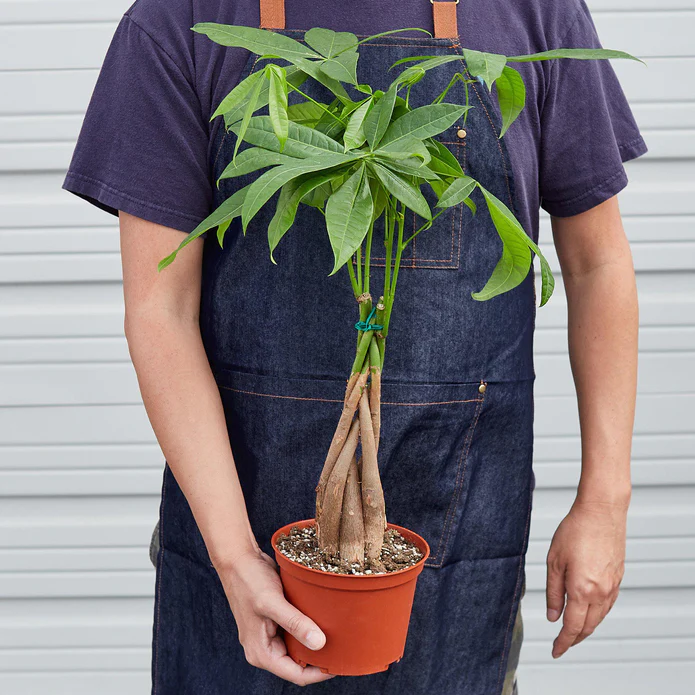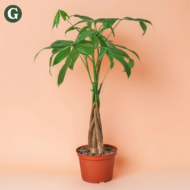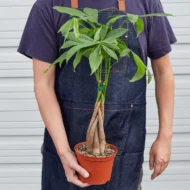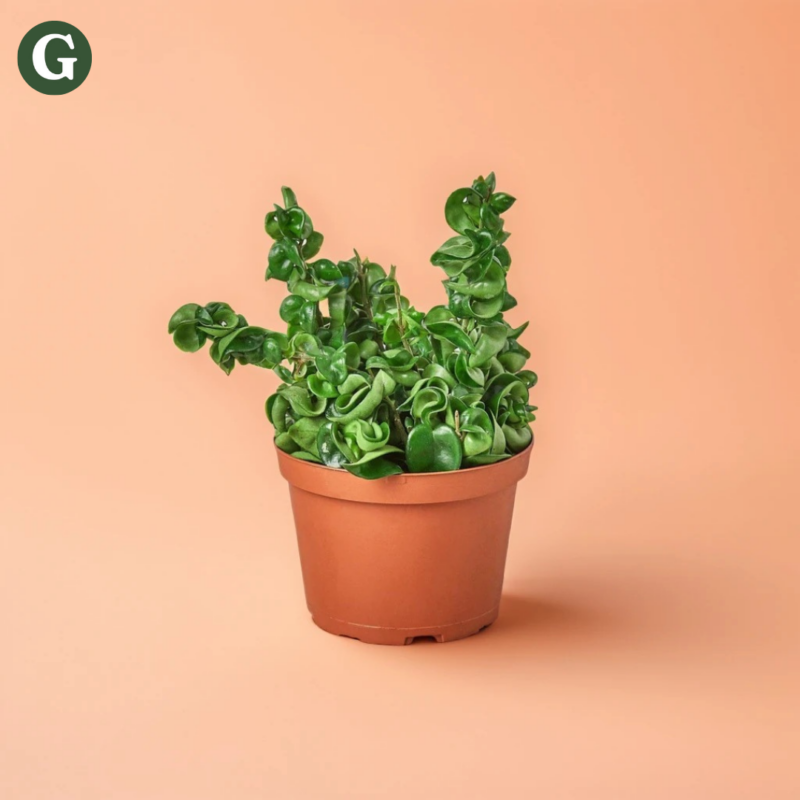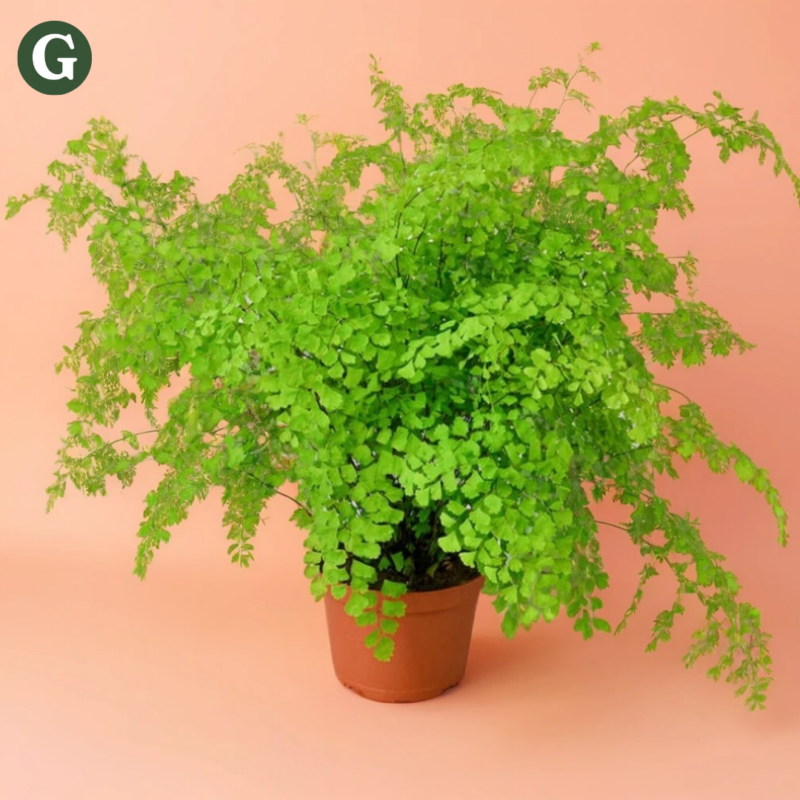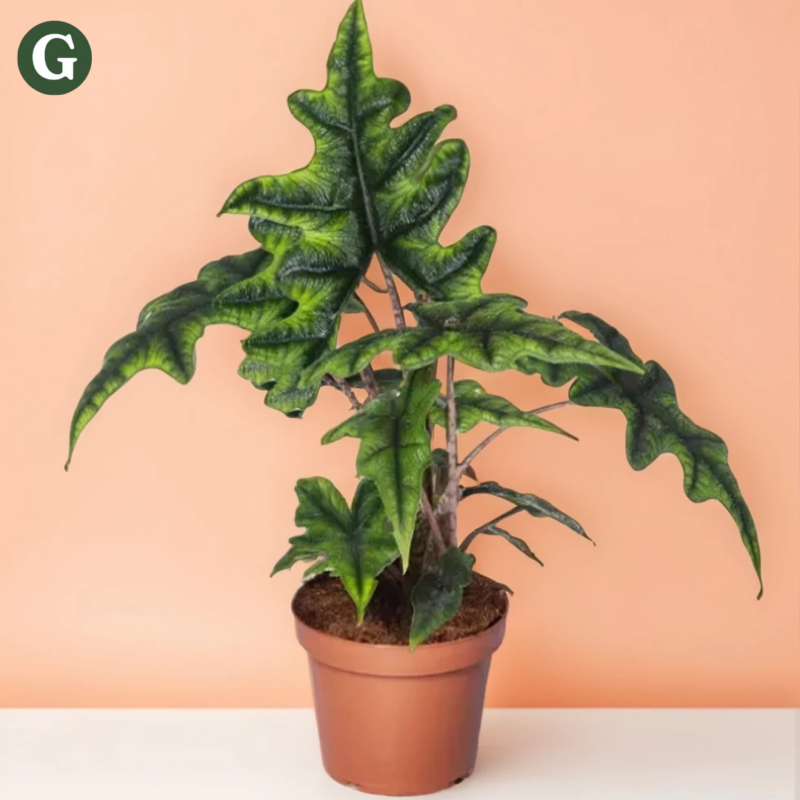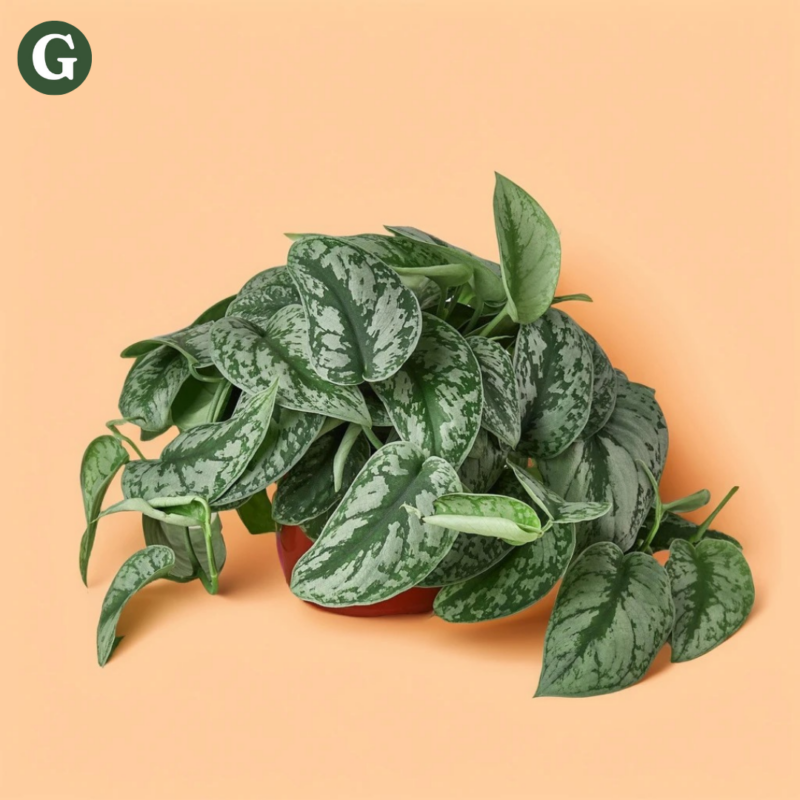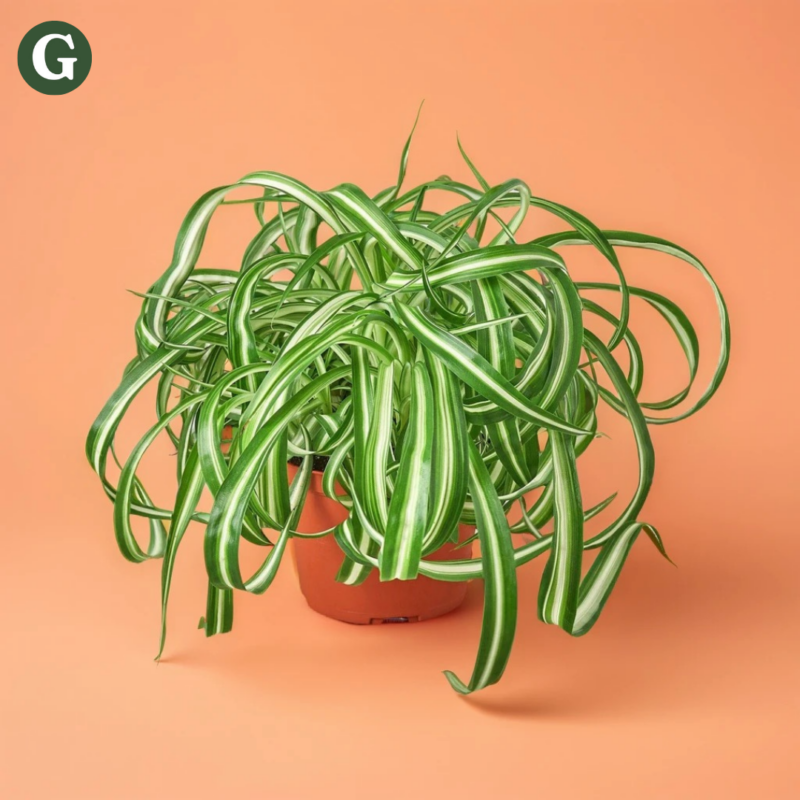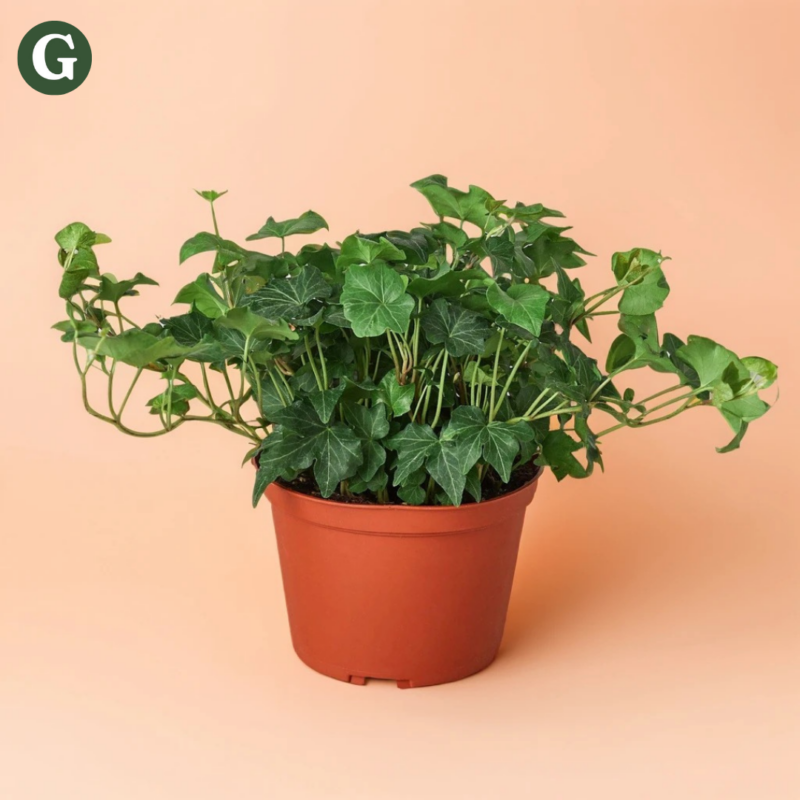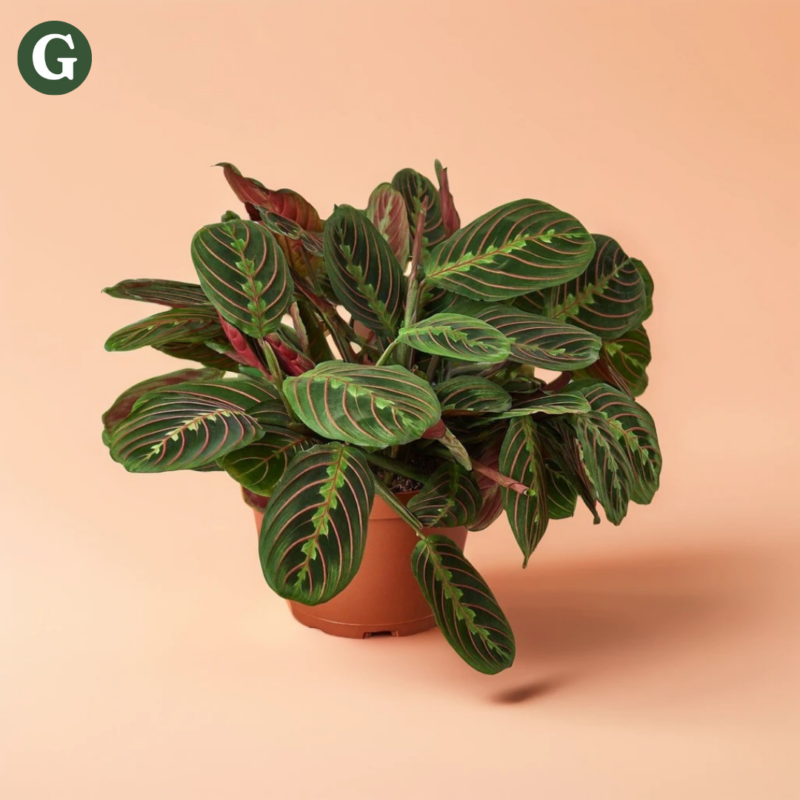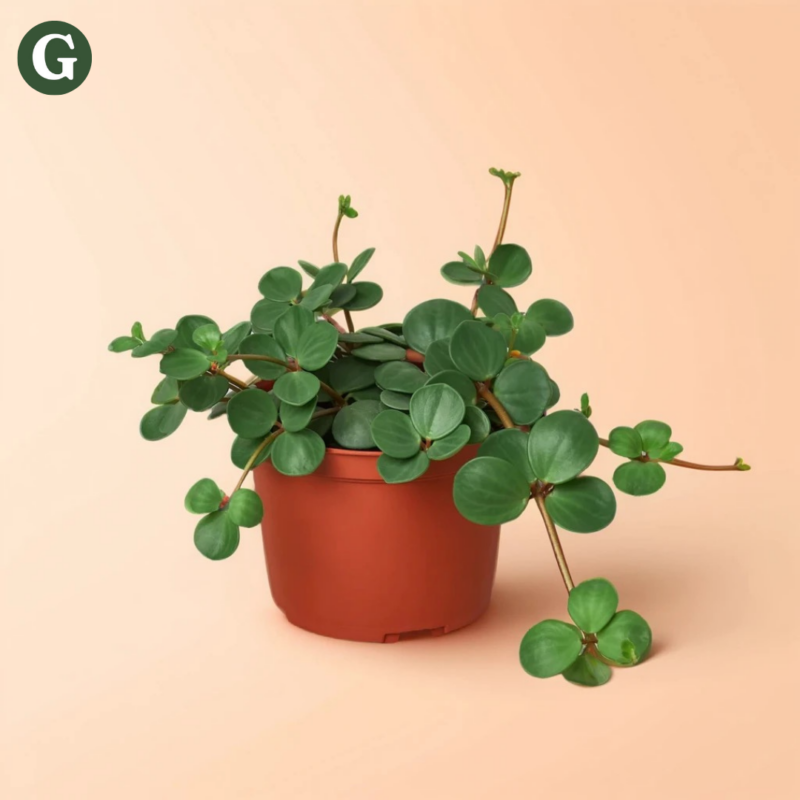Braided Money Tree 'Guiana Chestnut'
Botanical Name: Pachira aquatica
Common Name(s): Money Tree, Guiana Chestnut, Braided Money Tree
The Money Tree 'Guiana Chestnut' Pachira Braid is a striking and symbolic plant that combines lush green foliage with a braided trunk, making it a popular choice for both home and office decor. Known for its vibrant appearance and cultural significance, this plant is said to bring good fortune, prosperity, and positive energy to its surroundings. Its large, glossy, palmate leaves and strong, intertwined trunk create an elegant focal point in any space, while its low-maintenance needs make it perfect for both novice and experienced plant owners.
The Money Tree is native to the tropical regions of Central and South America, where it can grow up to 6-8 feet indoors, or be shaped as a bonsai for smaller spaces. In East Asia, it is often used in Feng Shui to invite positive "Chi" or energy, making it a popular gift for housewarmings and new ventures.
Air Purifying Qualities
- Toxin Removal: The Money Tree is a natural air purifier, helping to filter out harmful indoor pollutants such as formaldehyde and benzene, making it ideal for improving air quality in living rooms, offices, and bedrooms.
- Oxygen Production: Like many indoor plants, the Money Tree absorbs carbon dioxide and releases oxygen, which can help promote a healthier environment and support better sleep quality.
- Humidity Regulation: Through transpiration, the Money Tree increases the humidity around it, which can be especially beneficial in dry indoor environments.
Symbolism
The Money Tree is often associated with luck, wealth, and prosperity, making it a perfect gift for housewarming parties, new businesses, or anyone seeking good fortune. The braided trunk is believed to symbolize strength and stability, while the five leaves that emerge from each stem are said to represent the five elements: earth, water, fire, wood, and metal, all of which contribute to a harmonious and prosperous life.
Note
While the Money Tree is generally non-toxic to humans and pets, it’s still advisable to keep it out of reach of small children or pets who might be inclined to chew on its leaves. Ingesting large amounts can lead to mild gastrointestinal discomfort.
Care Insights & Expert Tips
- Watch for Pests: Monitor for common pests like spider mites and aphids. These emerge from poor air circulation or excess moisture. Treat with insecticidal sprays and neem oil at the first sign of an infestation.
- Ideal growth for low-light spaces: The Money Tree can tolerate and adapt to low-light conditions but will thrive in bright, indirect light for optimal growth.
- Slow Growth: As a slow-growing plant, the Money Tree doesn’t require frequent repotting, making it low-maintenance.
- Well-Draining Soil: For best results when repotting, use a well-draining potting mix with added perlite or sand to ensure good root health and avoid water retention.

Visit our plant care library
Find essential tips to keep your plants thriving, vibrant, and healthy.
